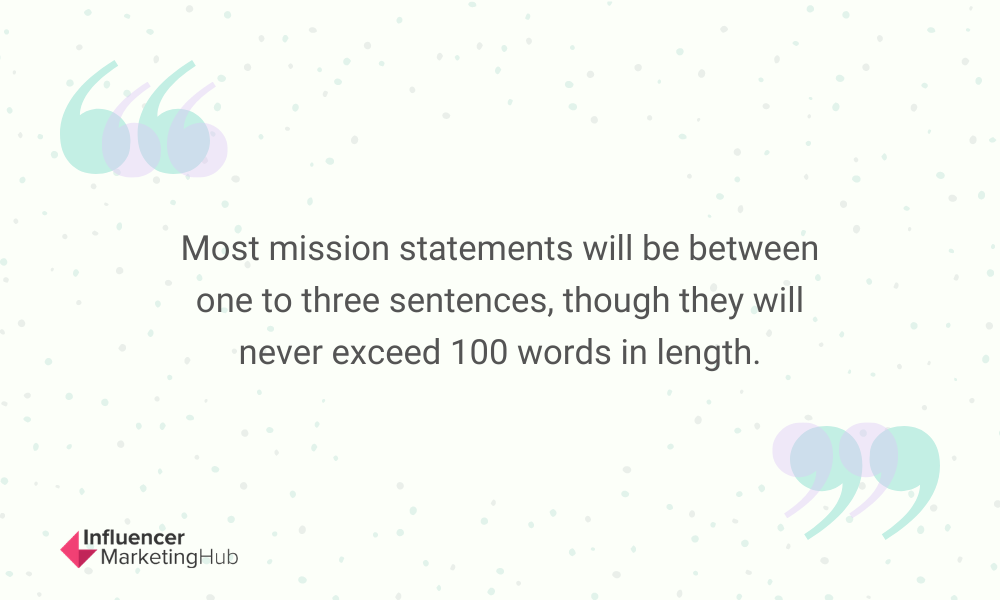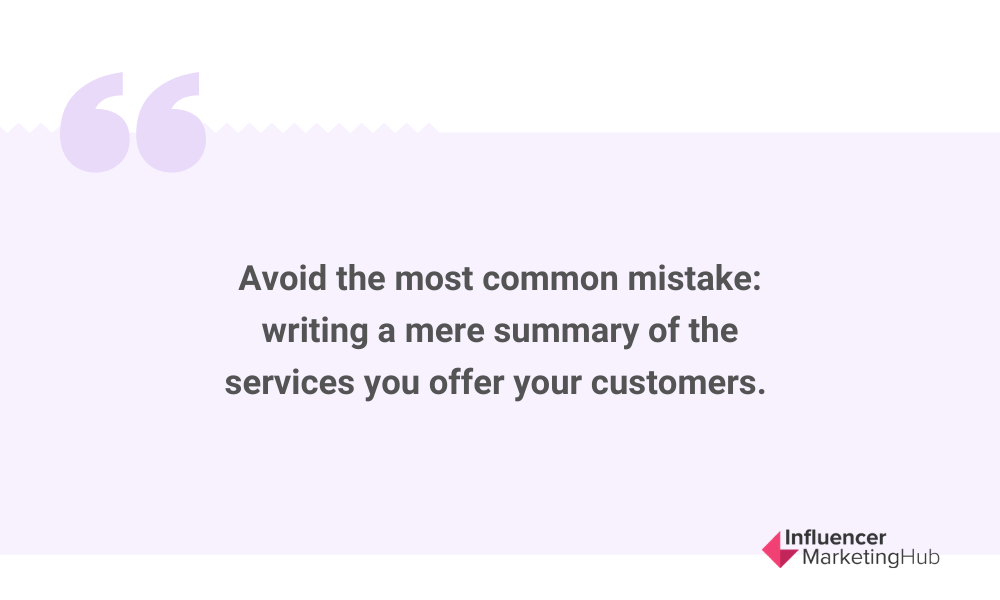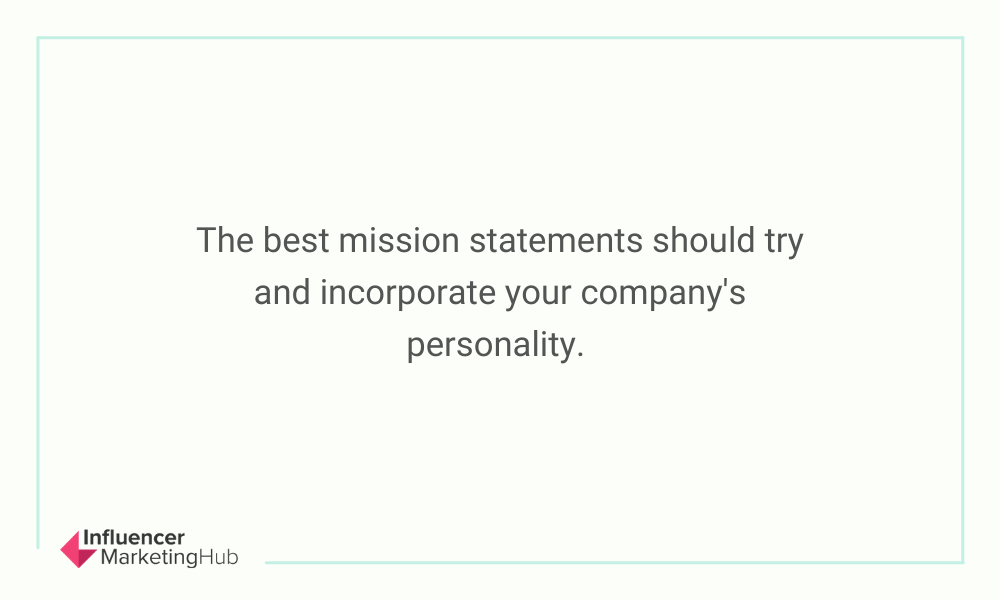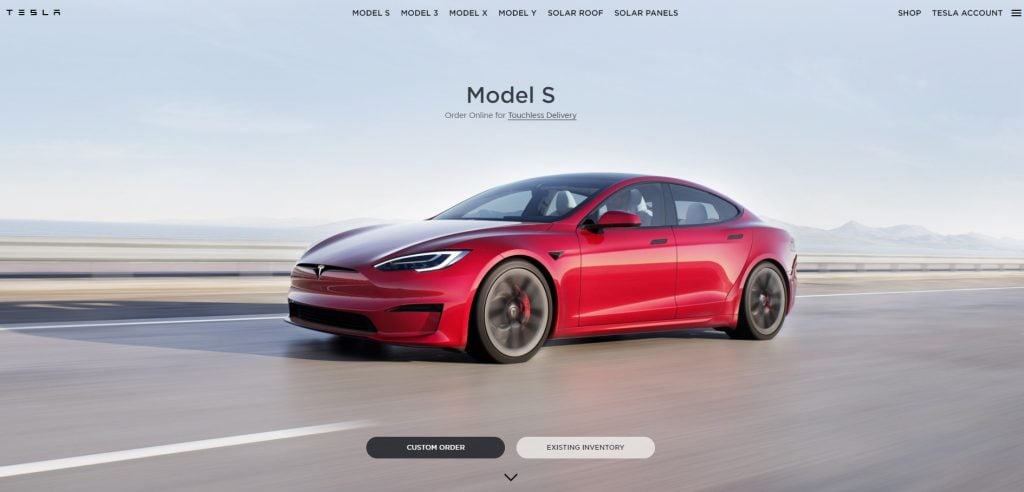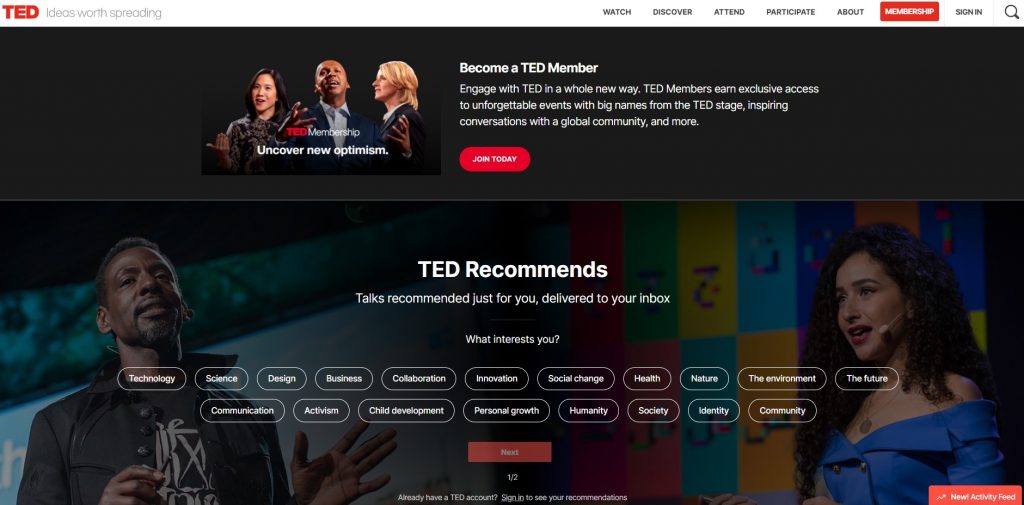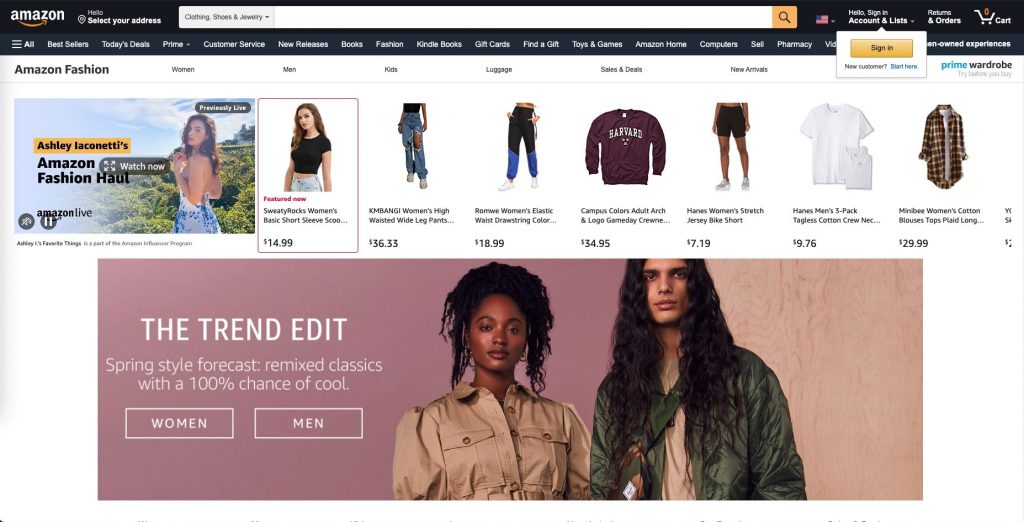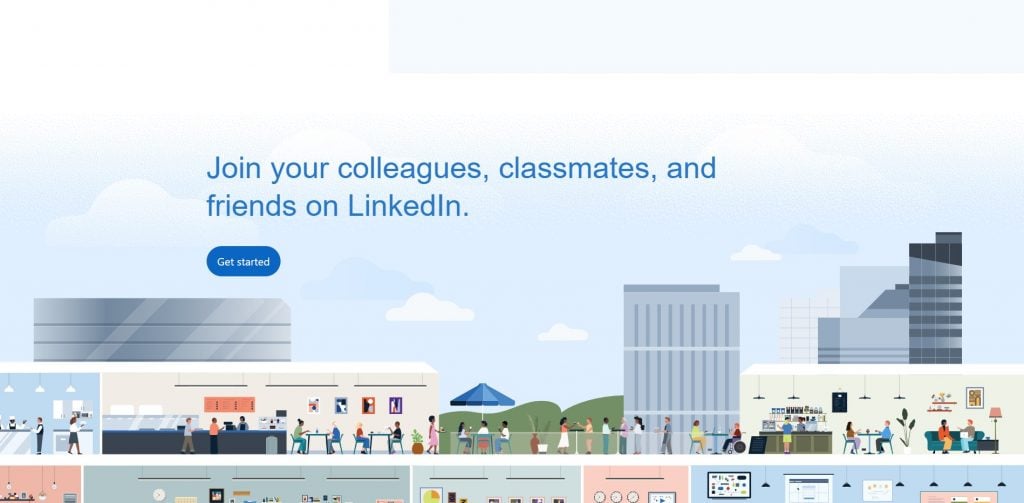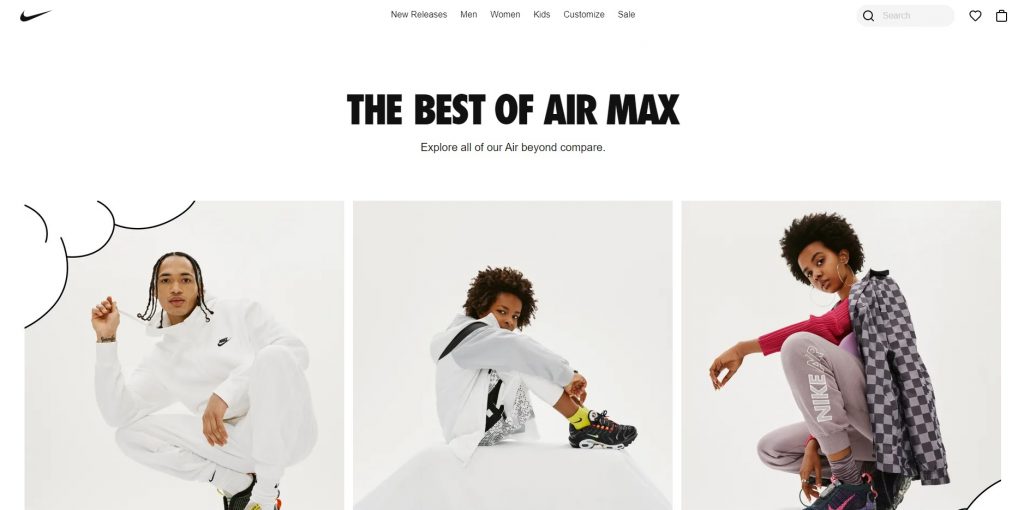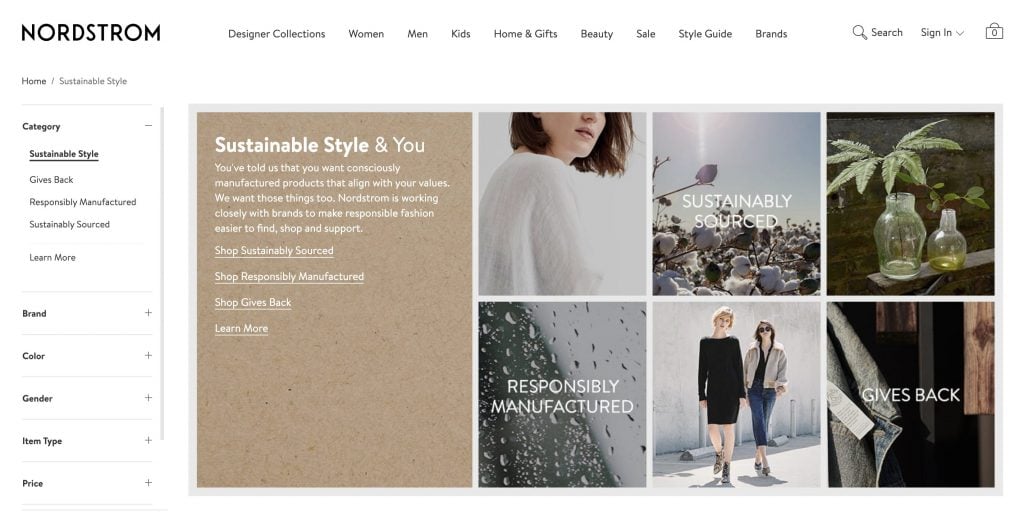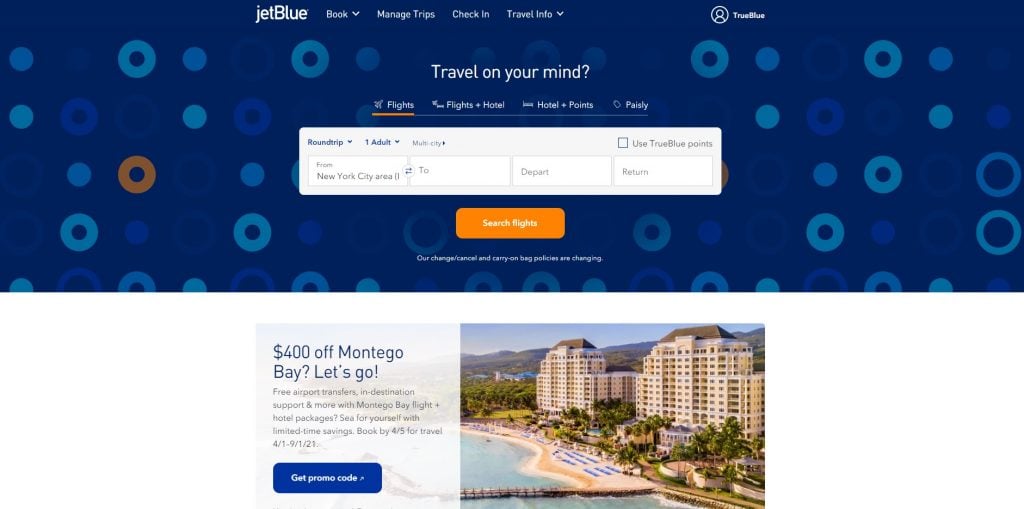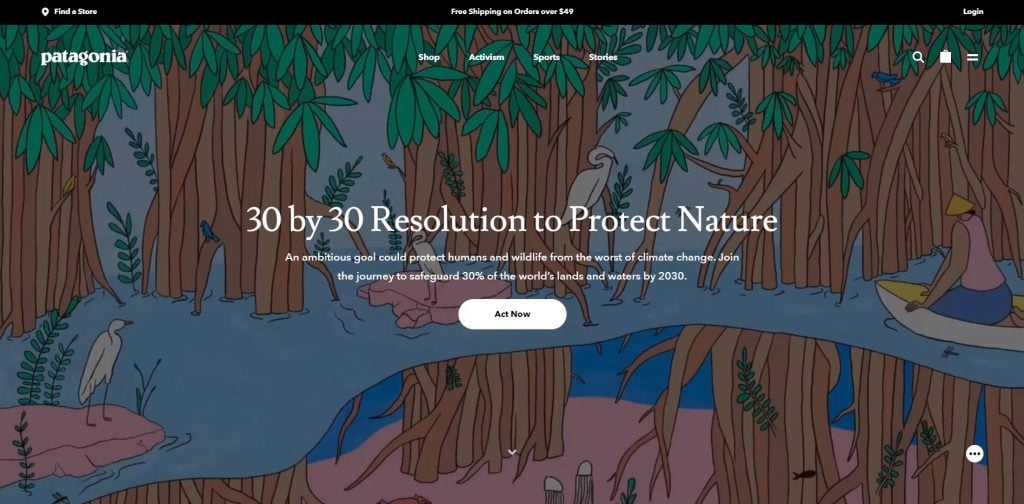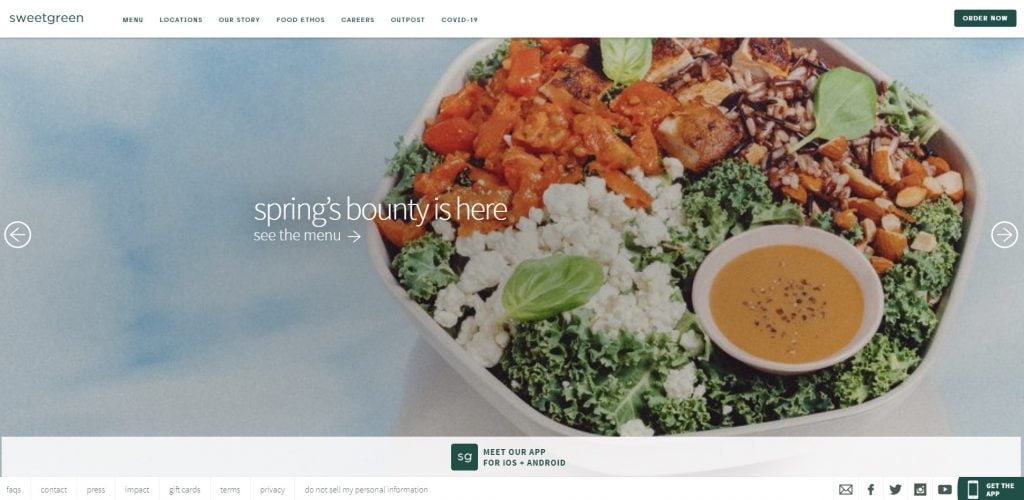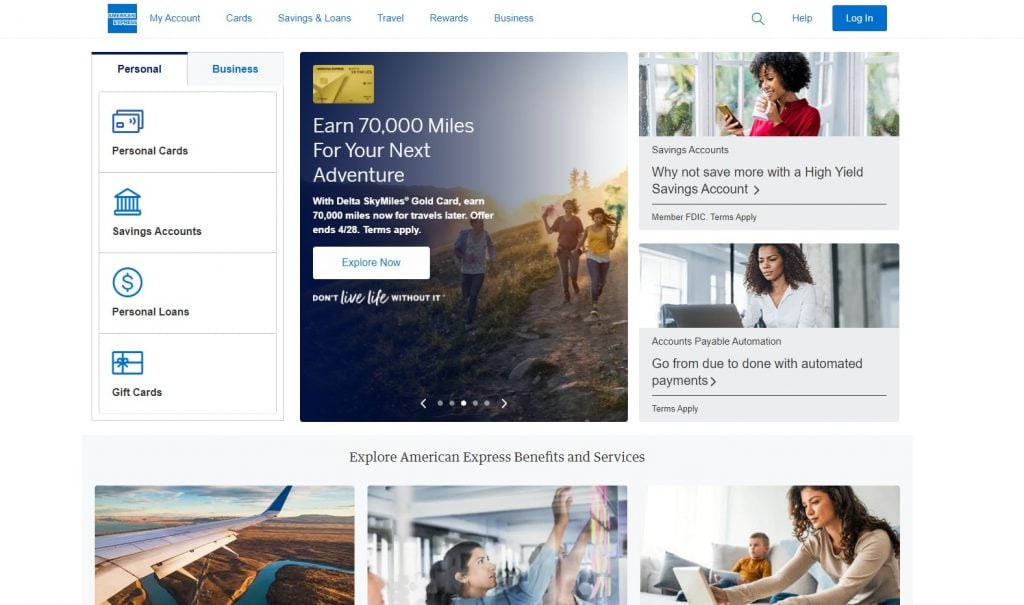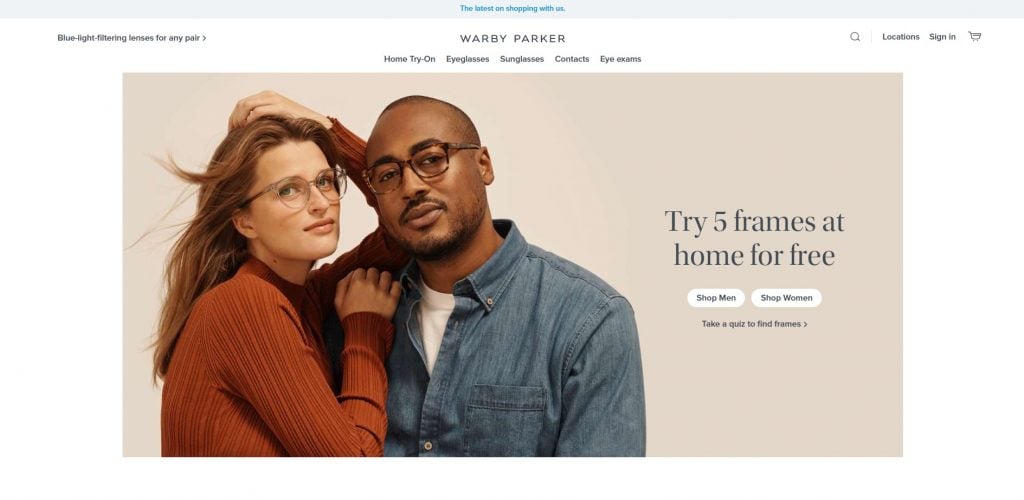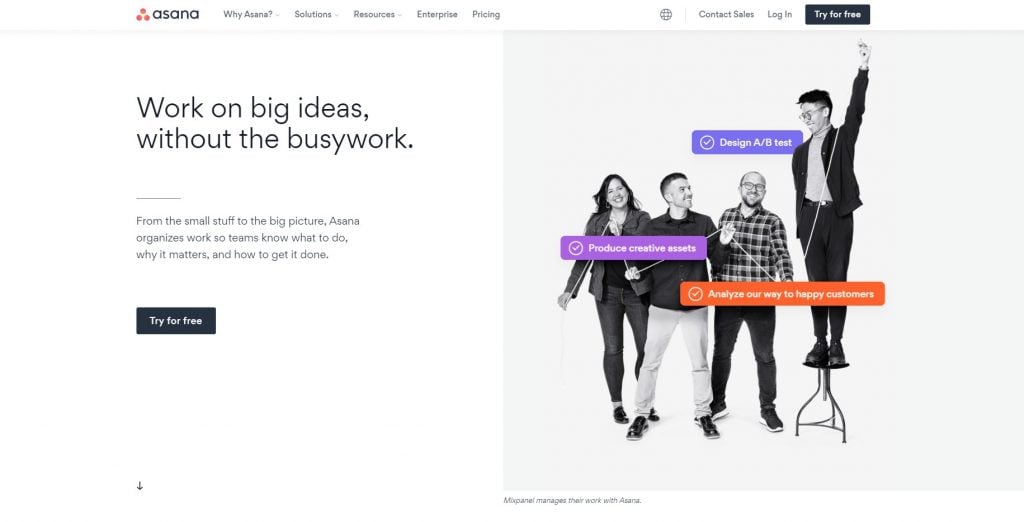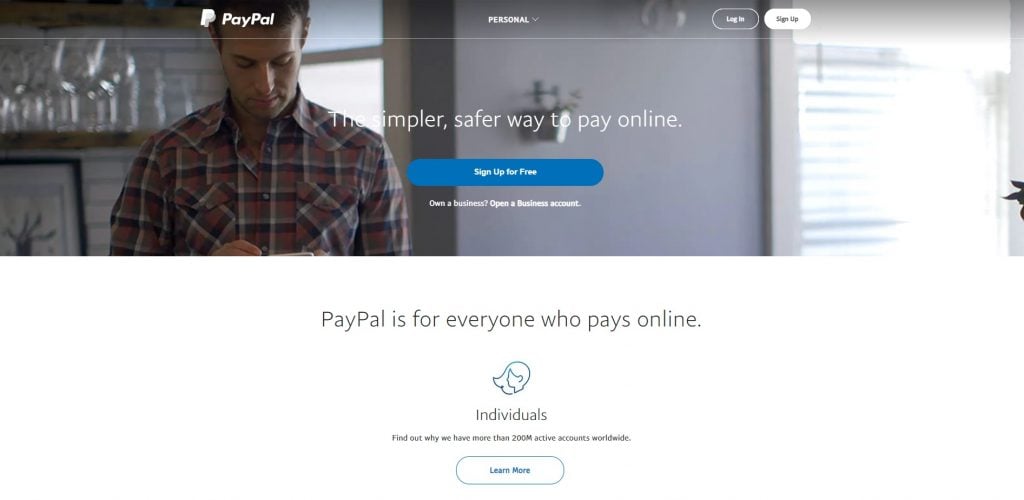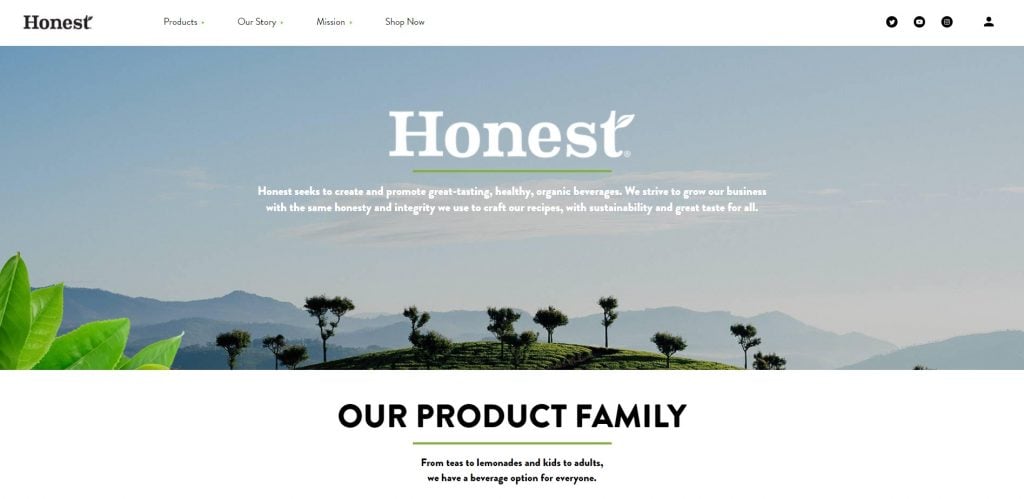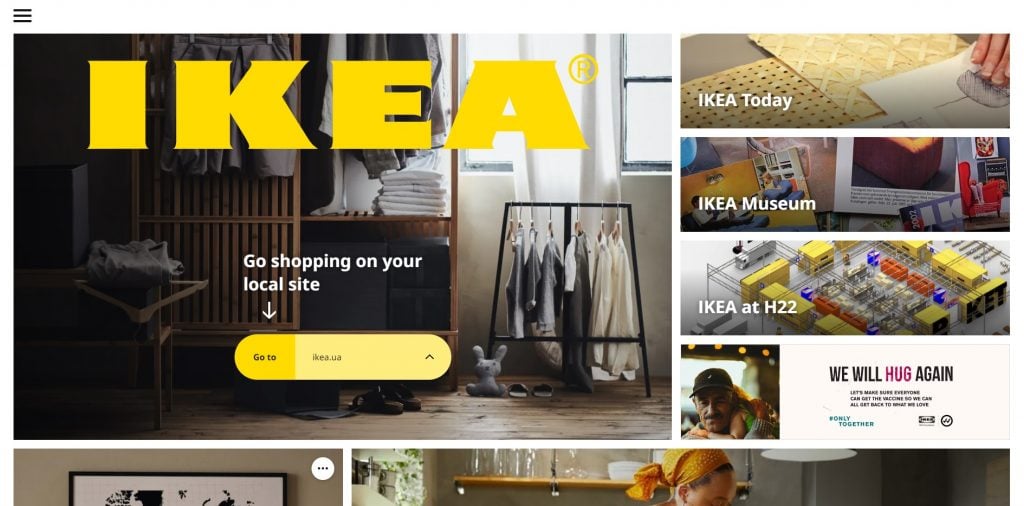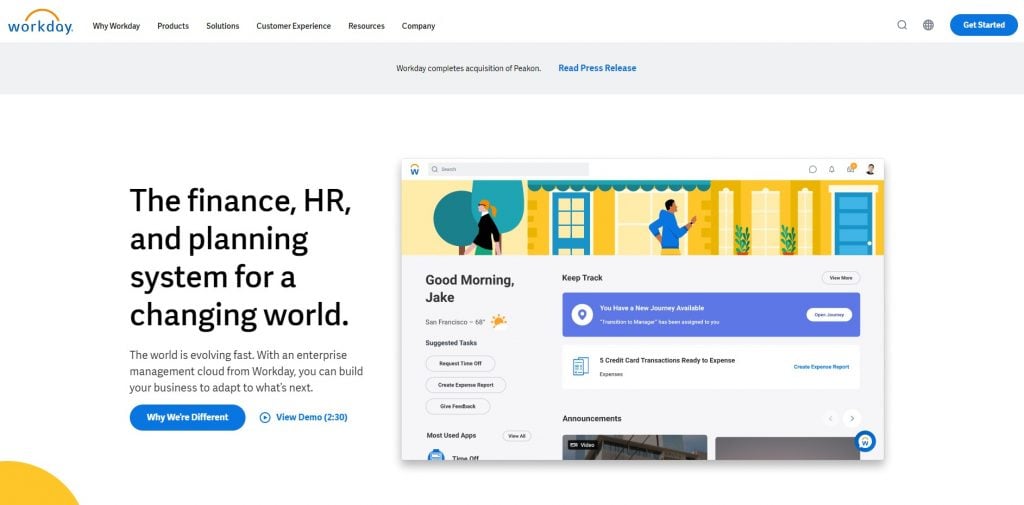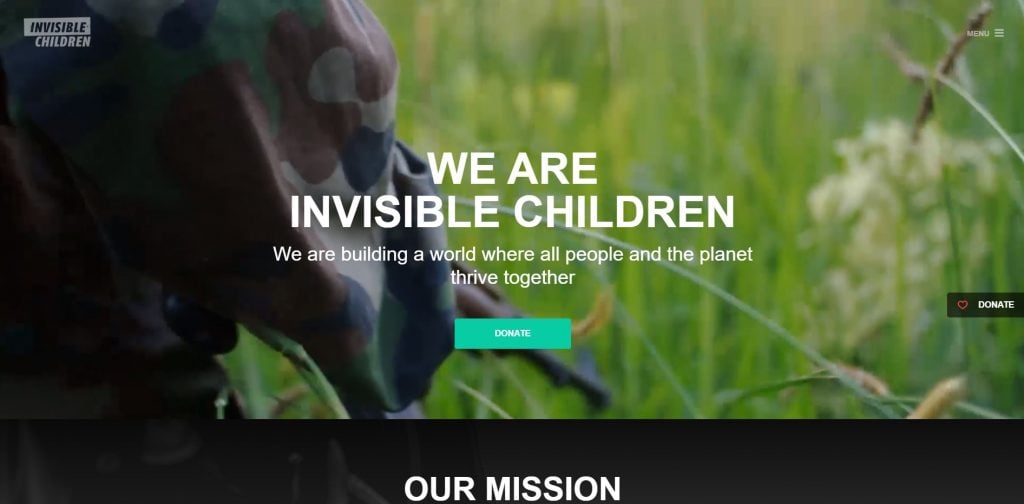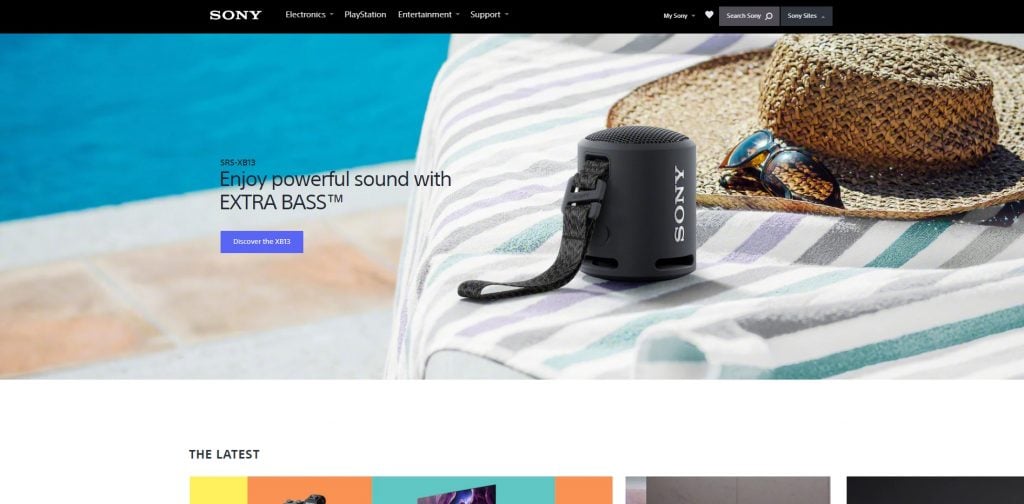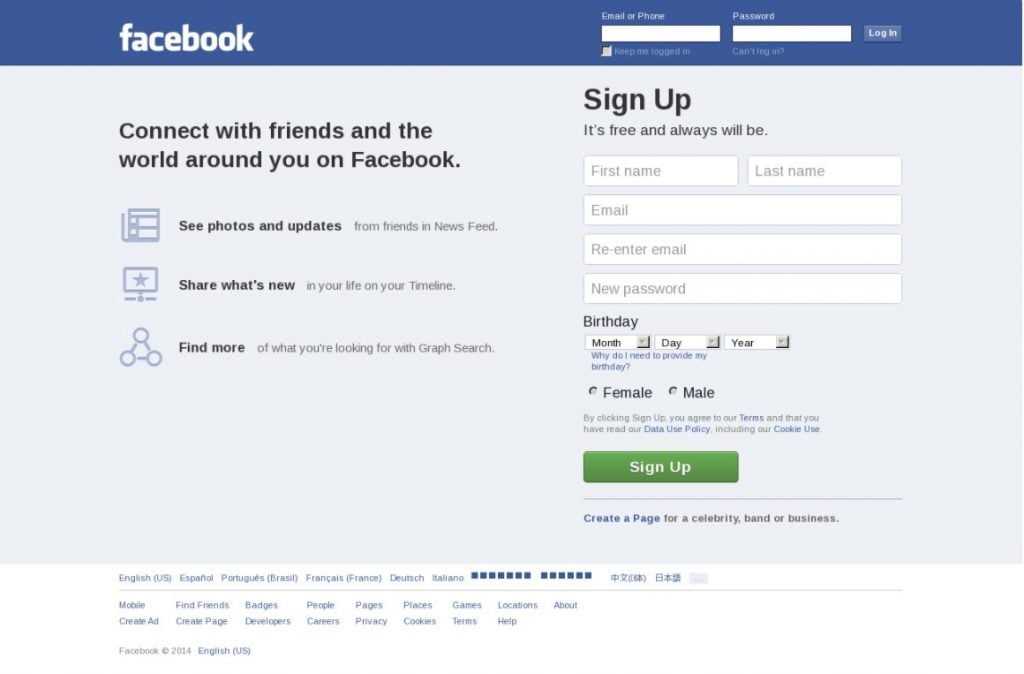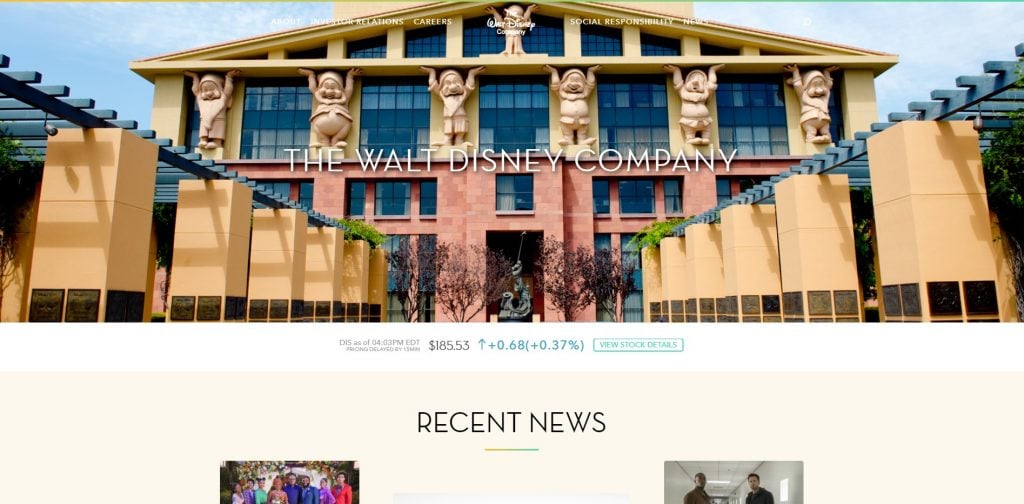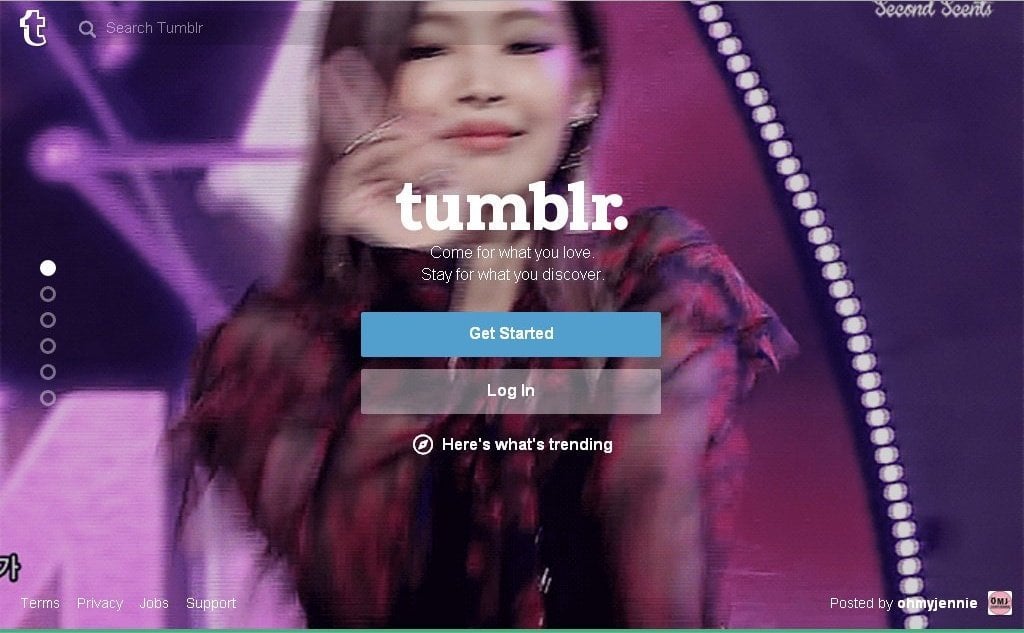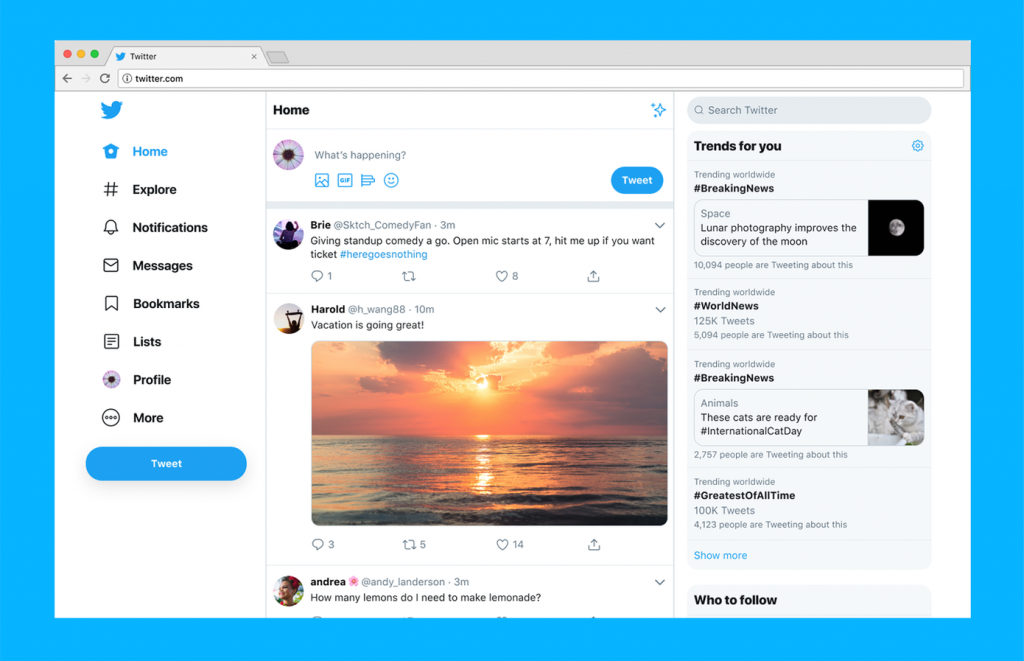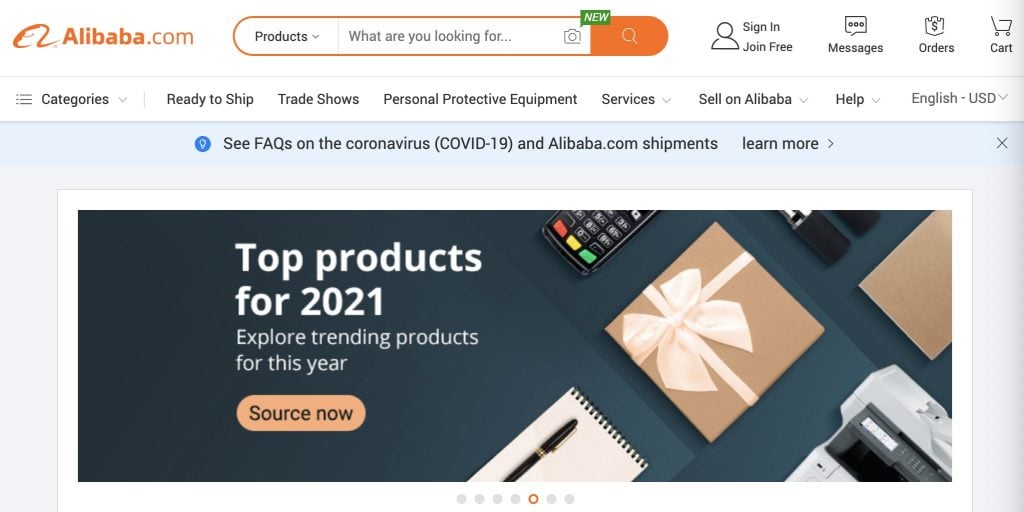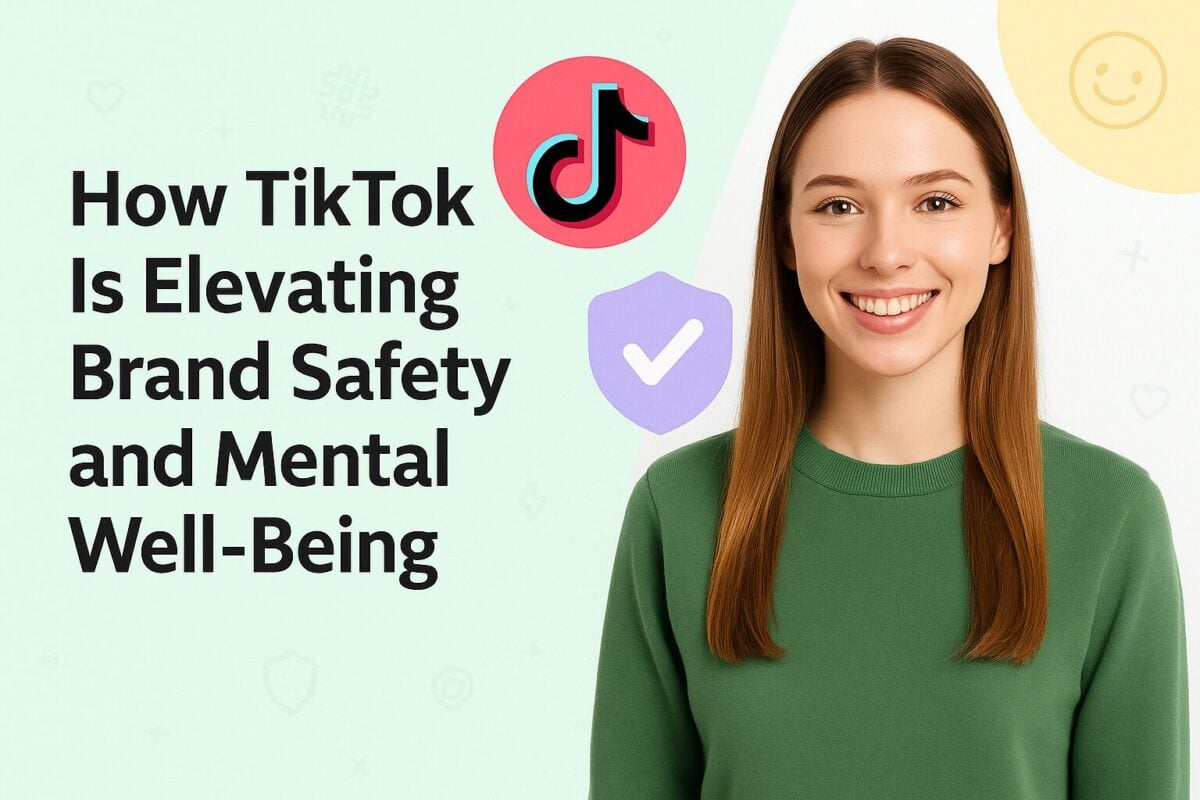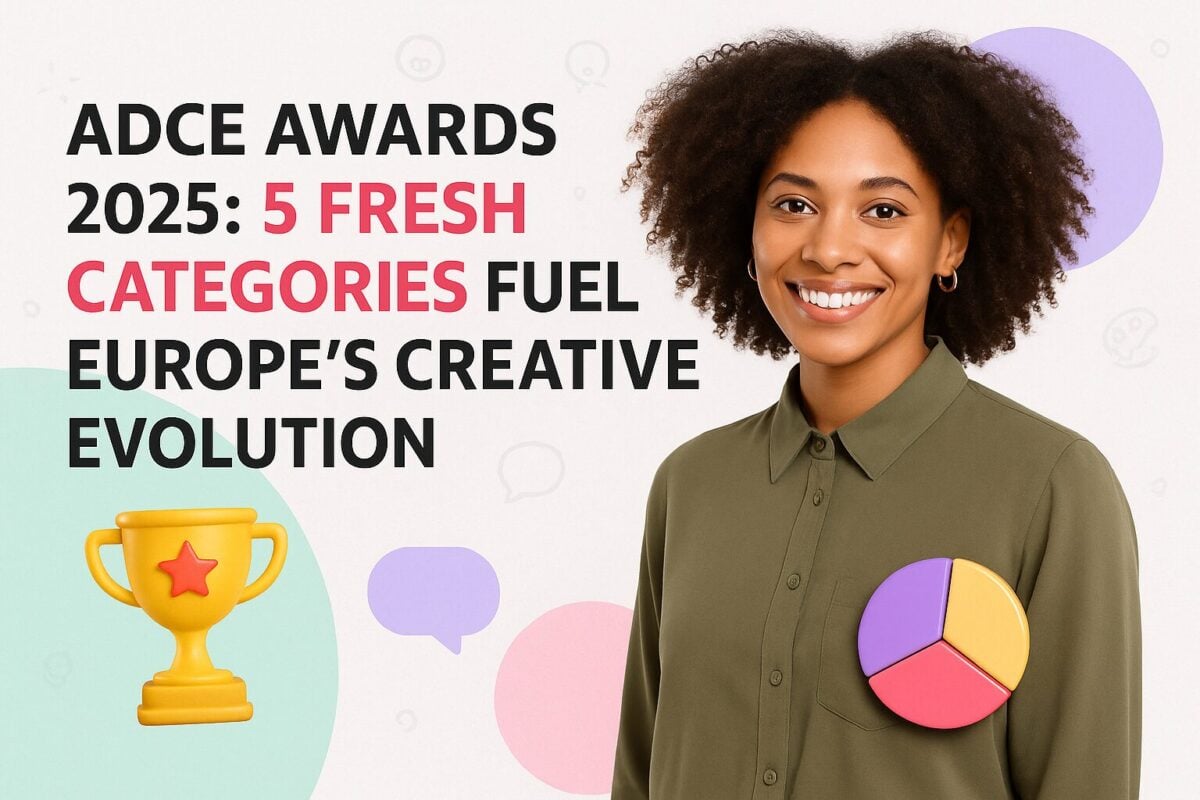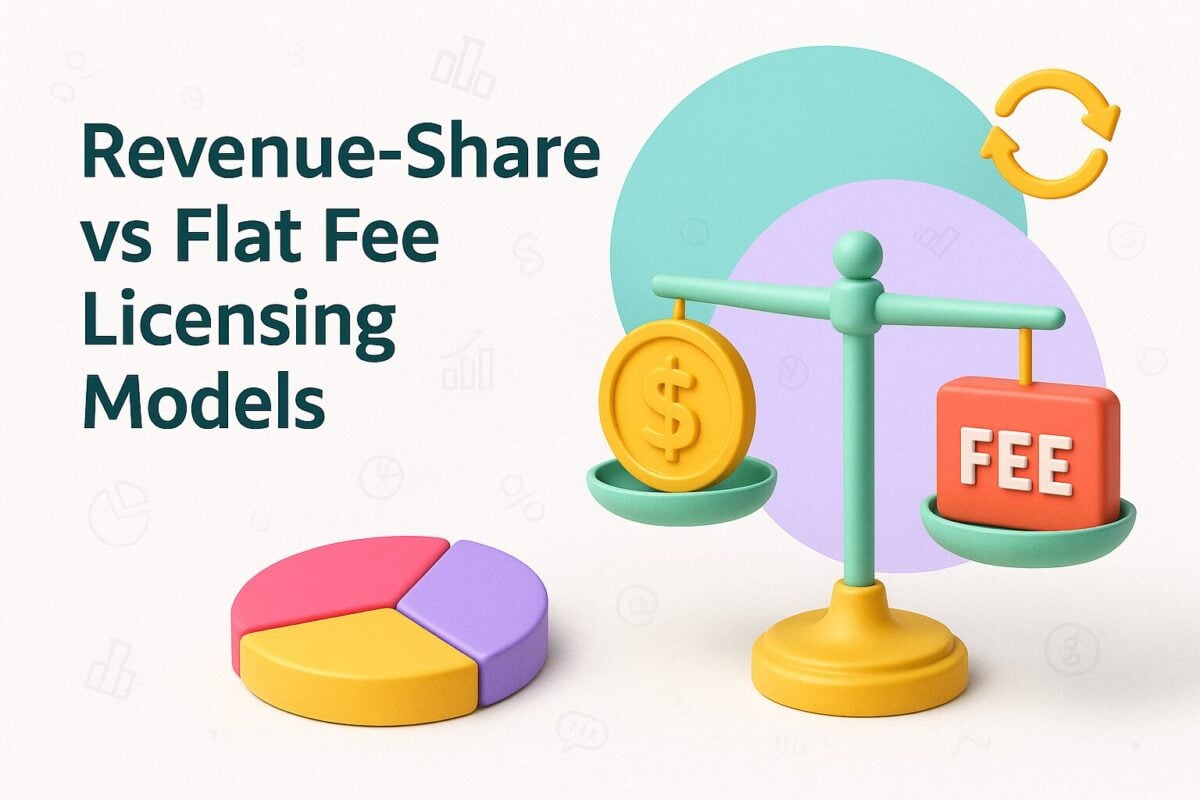Many people continue to come back to brands time and time again because of their values. But what makes a good mission statement? Is a great mission statement something that will succinctly capture your company’s purpose or slogan? The best company mission statements are much more complex. An excellent company mission statement will capture your company’s core values and your organization’s personality all in one sentence.
So how do you build the perfect mission statement? We’re diving into what a mission statement is, how to build your own and listing the best mission statements.
23 Inspiring Examples of Company Mission Statements:
What Is a Mission Statement?
A company mission statement is an action-based statement that lays out your company’s purpose and how your company serves your customers. In some situations, this will include information about your company, what your company does or your company’s objectives.
For many companies, their mission statement will answer the “who,” “what” and the “why” about the company. A mission statement will clarify the way a company will operate, as well. It’s the overarching guiding principles that your company will work towards, in everything you do.
Mission statements can be tricky, though. Most mission statements will be between one to three sentences, though they will never exceed 100 words in length. However, most mission statements will be just a single, concise sentence. It’s important to keep that in mind.
When you craft a mission statement for your company, you should be sure to either involve them in their process or communicate it to them afterwards. Your employees should be familiar with your mission statement, as well.
Companies will place their mission statement on their onboarding materials for new recruits and any other internal and external communication documents. A mission statement will help your employees feel like they are working towards a purpose.
Mission Statement Vs. Vision Statement
When you set out to write your mission statement, make sure you don’t create a vision statement by accident. A vision statement is more like a picture of your company’s future and oftentimes will not include specifics. This type of statement will speak more to hopes and dreams for your business. Effective mission statements, on the other hand, will detail what your company is right now.
How Do You Build a Mission Statement?
Building the perfect mission statement can be tricky. However, if you follow a few easy steps, you can ensure your company will have the best possible mission statement. When you start building a mission statement, avoid the most common mistake: writing a mere summary of the services you offer your customers.
Instead, try these steps:
1. Interview managers and leaders
Start by reaching out to your company’s leaders and management to get a better idea of their perspectives. Ask questions about your company’s purpose, challenges you work to solve, what differentiates you from competitors, and more.
It’s important to make sure that every member of company leadership is involved in the process, too. During the interviews, take notes and make sure to note differences and similarities in the process. You can use the notes and takeaways from the interview process to help shape your mission statement.
2. Common Themes
Look into your notes from the interview and try to identify common themes to help shape your mission statement. Take time to parse the information down into paragraphs.
When you’re looking at your information, keep in mind what exactly comprises a good mission statement:
- Attainable: Your company is already working towards the goals outlined in your mission statement.
- Clear: Your mission statement is clear, and everyone can understand what you’re trying to say.
- Inspiring: Ensure the mission statement inspires employees and leadership to strive for better; it should also inspire investors to buy in.
- Unique: Your mission statement must not resemble other mission statements.
Once you consider these factors, write and rewrite each to make it sound more and more like a mission statement. Edit your sentences and reduce the unnecessary information. When you have narrowed your sentences down to two or three, try to challenge yourself to condense the information into one, concise sentence.
Common Mistakes to Avoid
Don’t fall into these common mistakes when writing your mission statement:
1. Lack of personality and fun
A proper mission statement should try and incorporate your company’s personality. It’s important to blend the culture that makes your company unique with the values of your serious organization.
2. No space for inspiration
You don’t want a mission statement that reads too much like a fact sheet. While factual, such a direct mission statement will come across as bland. Instead, focus on the bigger picture and draw on your company’s bigger strategy and inspiring factors.
3. Using too many buzzwords or internal jargon
Buzzwords may seem like an easy way to build up your mission statement, but using any buzzwords or tricky jargon should be avoided. Instead, try and use clear, concise and direct language to communicate your company’s purpose.
Once you have written out a few different options for your mission statement, present them to your leadership and get feedback. One thing you should expect is a lot of feedback. People may have differing views on your mission statement - and that is part of the process! It will take time to work on your mission statement.
Once leadership approves, you will be able to communicate it to employees.
23 Inspiring Examples of Mission Statements
Take a look at some of these inspiring and concise mission statements to inspire your own! These sample mission statements can give you a better idea of what works - and doesn’t - with mission statements.
1. Tesla
“To accelerate the world’s transition to sustainable energy.”
Tesla’s mission statement highlights the company’s focus on sustainable energy across the globe. It’s a succinct and precise mission statement that narrows in on the company’s core purpose.
2. TED
“Spread ideas.”
This simple, yet straightforward, mission statement stands out on this list. TED’s mission statement speaks directly to their mission, which is quite straightforward: share ideas, for free, online through their talks.
3. Amazon
“To be Earth’s most customer-centric company, where customers can find and discover anything they might want to buy online, and endeavors to offer its customers the lowest possible prices.”
Amazon’s mission statement is unlike the others on this list. It’s a bit longer and much wordier than other mission statements, but still captures the many facets of the business’ focus, including customer service.
4. LinkedIn
“To connect the world’s professionals to make them more productive and successful.”
LinkedIn’s descriptive mission statement gets straight to the point and describes exactly what the social media platform does. It captures both their mission and their focus on their social media platform.
5. Nike
“Bring inspiration and innovation to every athlete in the world.*
*If you have a body, you are an athlete.”
Nike’s mission statement stands out because of their style and tone. The mission statement has a unique format and pushes forward towards a more inclusive future.
6. Nordstrom
“To give customers the most compelling shopping experience possible.”
Nordstrom’s mission statement focuses on customer service, a primary pillar of their service. Even as their mission statements change over time, they keep their focus on their customer service as their guiding principle.
7. Jetblue
“To inspire humanity – both in the air and on the ground.”
Jetblue has long been committed to charitable partnerships, feel-good marketing and influential programs. You can see that reflected in their mission statement, as well as their inspirational company voice.
8. Patagonia
“Build the best product, cause no unnecessary harm, use business to inspire and implement solutions to the environmental crisis.”
Patagonia has long been committed to making the world a better place, and building products to support that mission. Many of their customers stay loyal to the brand because of their best practices and contributions to build a better, more sustainable world. The company donates money and time to contribute to environmental causes.
9. Sweetgreen
"To inspire healthier communities by connecting people to real food."
This mission statement does a great job of speaking to your goals as a consumer and addressing why customers come to Sweetgreen.
10. American Express
“We work hard every day to make American Express the world’s most respected service brand.”
American Express sets itself apart thanks to their high commitment to customer service and core values, all of which are reelected in part in their mission statement.
11. Warby Parker
"To offer designer eyewear at a revolutionary price, while leading the way for socially conscious businesses."
Warby Parker has a seemingly direct and objective mission statement. The statement offers a subtle, younger personality too with the inclusion of words like “designer,” “revolutionary,” and “socially conscious.”
12. Asana
“To help humanity thrive by enabling all teams to work together effortlessly.”
Asana has a friendly and approachable mission statement which aligns with their business practices and company culture. It’s a vague statement, but just narrow enough to identify what the company does.
13. Paypal
“To build the web’s most convenient, secure, cost-effective payment solution.”
Paypal is working to democratize payment solutions for all, and their mission statement reflects that in a succinct and straightforward way.
14. Honest Tea
“To create and promote great-tasting, healthy, organic beverages.”
Honest Tea is speaking directly to its customers with its mission statement, promoting the consumers’ desire to have less artificial products in their teas and more healthy ingredients.
15. Ikea
"To create a better everyday life for the many people."
This mission statement reaches farther than just affordable furniture: the company looks to make their customers’ everyday life better.
16. Workday
“To put people at the center of enterprise software.”
This company takes a position on the state of the human resources industry and uses its mission statement to take a stance on the state of enterprise software.
17. Invisible Children
"To end violence and exploitation facing our world's most isolated and vulnerable communities."
Invisible Children uses their mission statement to take a strong stance on their work. In addition, their statement comes off as confident and self-assured.
18. Sony
“To be a company that inspires and fulfils your curiosity.”
Sony’s mission statement isn’t just about the technology behind their business. Their mission statement speaks to the company’s goals in a clear and curiousity-enducing way.
19. Facebook
“To give people the power to share and make the world more open and connected.”
Facebook has grown into one of the largest and most powerful tech companies in the world, and their mission statement reflects their wide reach. The mission statement is simple, yet to the point.
20. Walt Disney Company
“To be one of the world’s leading producers and providers of entertainment and information, using its portfolio of brands to differentiate its content, services and consumer products.”
This entertainment company has many facets to their business, and their mission statement aims to capture those many different elements. This mission statement, much longer than many other examples, does a great job showcasing the full range of the business’ goals on a day-to-day basis.
21. Tumblr
“To empower creators to make their best work and get it in front of the audience they deserve.”
Tumblr’s mission statement speaks to their audience and what their platform can do for them. It’s a succinct way to write about how they can work for their users.
22. Twitter
“To give everyone the power to create and share ideas and information instantly, without barriers.”
Twitter’s mission statement focuses on their communications platform and the power it has to influence the outside world. It’s a succinct example that demonstrates how powerful it can be to choose the right words.
23. Alibaba
"To make it easy to do business anywhere.”
This mission statement reaches far beyond the company’s day-to-day operations and instead focuses on their overall goals.

